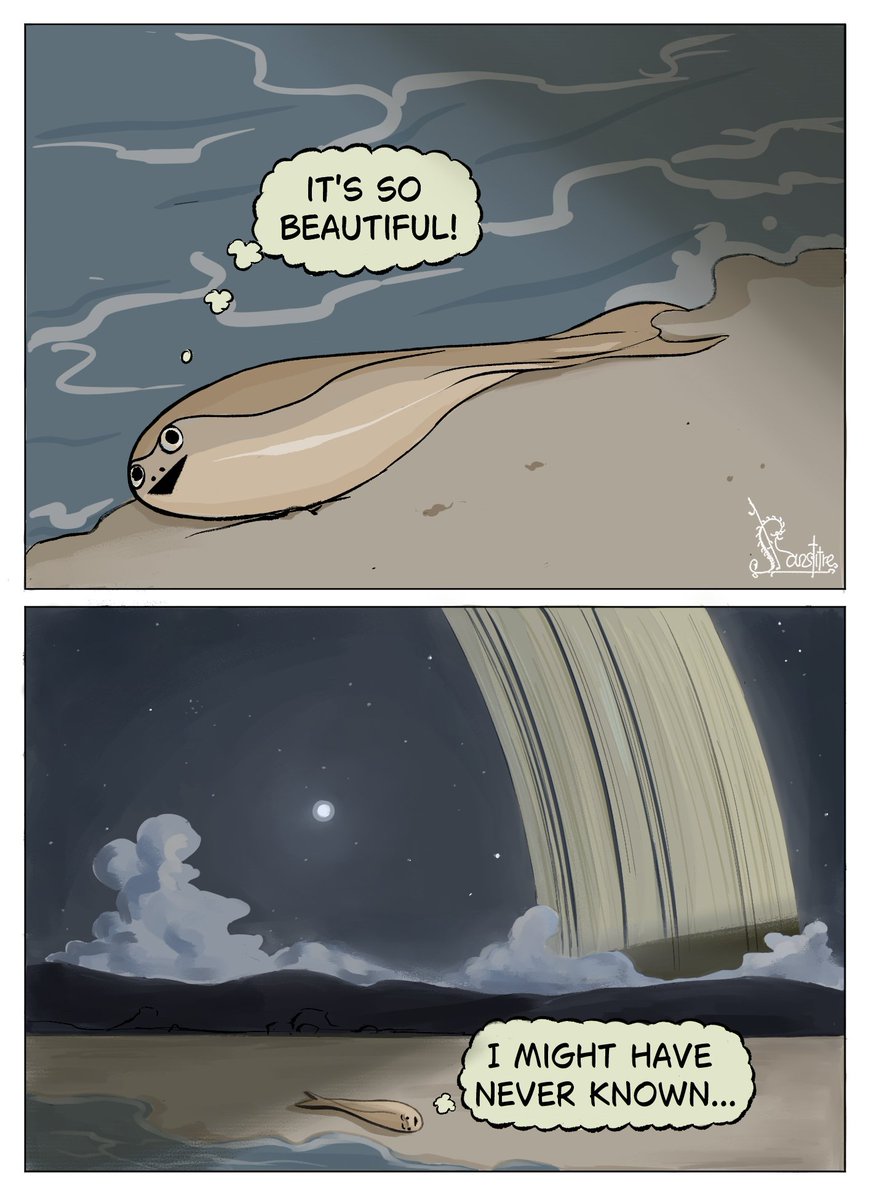All large planets in our Solar System have rings, and it has been suggested that Mars may have had a ring in the past. This raises the question of whether Earth also had a ring in the past. Here, we examine the paleolatitudes of 21 asteroid impact craters from an anomalous ∼40 m.y. period of enhanced meteor impact cratering known as the Ordovician impact spike, and find that all craters fall in an equatorial band at ≤30°, despite ∼70 % of exposed, potentially crater-preserving crust lying outside this band. The beginning of this period is marked by a large increase in L chondrite material accumulated in sedimentary rocks at 465.76 ± 0.30 Ma, which, together with the impact spike, has long been suggested to result from break-up of the L chondrite parent body in the asteroid belt. Our binomial probability calculation indicates that it is highly unlikely that the observed crater distribution was produced by bolides on orbits directly from the asteroid belt (P = 4 × 10–8). We therefore propose that instead, a large fragment of the L chondrite parent body broke up due to tidal forces during a near-miss encounter with the Earth at ∼466 Ma. Given the longevity of the impact spike and sediment-hosted L chondrite debris accumulation, we suggest that a debris ring formed after this break up event, from which material deorbited to produce the observed crater distribution. We further speculate that shading of Earth by this ring may have triggered cooling into the Hirnantian global icehouse period.
must've been a hell of a meteor shower for a few ten thousand years at the beginning, too
 Context:
Context: